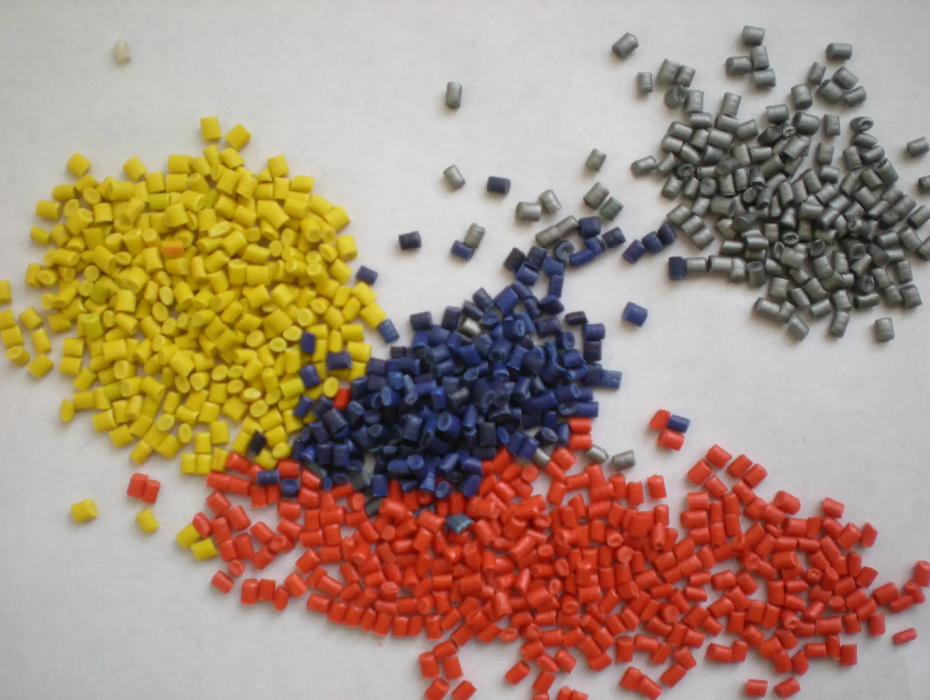According to the inherent properties of plastics, it is a complicated and burdensome process to make them into plastic products with a certain shape and use value. In the industrial production of plastic products, the production system of plastic products is mainly composed of four continuous processes: plastic forming, mechanical processing, decoration and assembly.
In these four processes, plastic molding is the key to plastic processing. Molding methods as many as 30 kinds, mainly the various forms of plastic (powder, particle, solution or dispersion) into the desired shape of the product or billet. The molding method mainly depends on the type of plastic (thermoplastic or thermosetting), the initial form, and the shape and size of the product. Plastic processing thermoplastics commonly used methods are extrusion, injection molding, calendering, blow molding and hot molding, plastic processing thermosetting plastics generally use molding, transfer molding, but also injection molding. Laminating, molding, and thermoforming are forming plastic onto a flat surface. The above plastic processing methods can be used for rubber processing. In addition, there are liquid monomer or polymer as raw material casting, etc. Among these methods, extrusion and injection molding are the most used and the most basic molding methods.
The mechanical processing of plastic product production is to borrow the plastic processing method of metal and wood, etc., to manufacture plastic products with very precise size or small quantity, and can also be used as the auxiliary process of molding, such as the saw cutting of extruded profiles. Due to the different performance of plastic and metal and wood, plastic thermal conductivity is poor, coefficient of thermal expansion, low modulus of elasticity, when the fixture or tool pressure is too large, easy to cause deformation, cutting heat easy to melt, and easy to adhere to the tool. Therefore, plastic machining, the tool used and the corresponding cutting speed should adapt to the characteristics of plastic. Commonly used machining methods are saw, cutting, punching, turning, planing, drilling, grinding, polishing, thread processing and so on. In addition, plastics can be cut, drilled and welded with lasers.
Jointing in the production of plastic products The methods of jointing plastic parts are welding and bonding. Welding method is the use of hot air welding electrode welding, the use of hot melt welding, as well as high-frequency welding, friction welding, induction welding, ultrasonic welding and so on. The bonding method can be divided into flux, resin solution and hot melt adhesive according to the adhesive used.
The purpose of surface modification of plastic products production is to beautify the surface of plastic products, usually including: mechanical modification, that is, file, grinding, polishing and other processes, to remove the burr, burr, and size correction; Finishing, including coating the surface of the product with paint, using solvents to make the surface brighter, using patterned film coating the surface of the product, etc.; Application of color, including color painting, printing and hot stamping; Gold plating, including vacuum coating, electroplating and chemical silver plating, etc. Plastic processing hot stamping is to transfer the color aluminum foil layer (or other pattern film) on the hot stamping film to the workpiece under heating and pressure. Many household appliances and building products, daily necessities, etc., are using this method to obtain metallic luster or wood patterns.
Assembly is the operation of assembling plastic parts into complete products by gluing, welding and mechanical connection. For example, plastic profiles are assembled into plastic window frames and doors through sawing, welding, drilling and other steps.
Post time: Nov-07-2022

